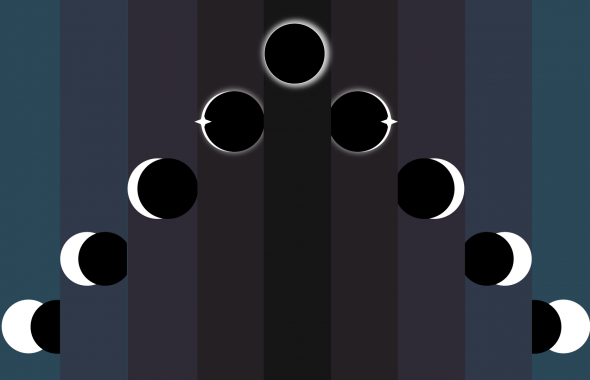Jerusalem Artichokes
Jerusalem artichokes don’t hail from Israel, but are rather born and bred in North America. Their botanical name, Helianthus tuberosus, refers to the tiny sunflower-like flora that grow alongside the artichoke (helianthus literally means “sunflower”). In an apt portmanteau, the green tubers also go by the name sunchokes.
One theory for the “Jerusalem” misnomer is that it’s an English corruption of what Italian settlers to America called the artichoke–girasole artichoke, or “sunflower artichoke.” Another theory suggests when Puritans came, they named the tubers they planted after “New Jerusalem”, the new city of God they hoped to build in the New World.






















